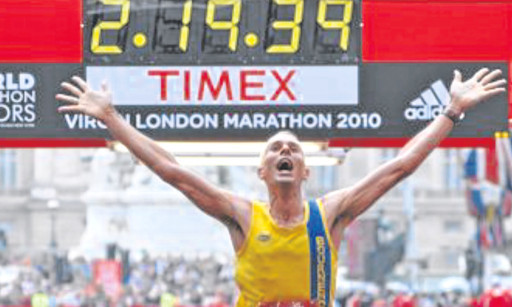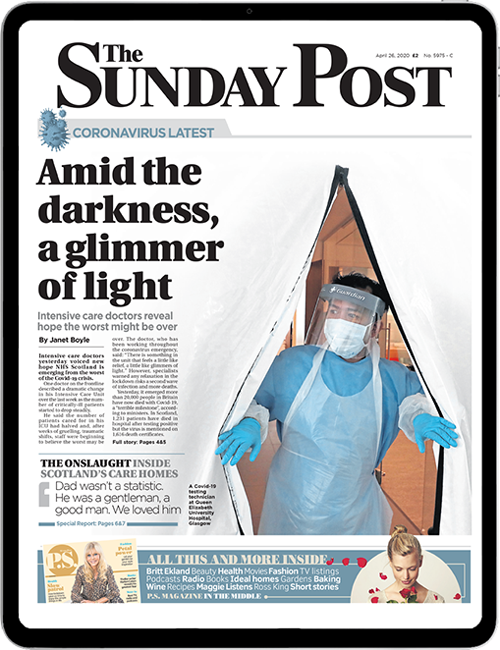
Seven years ago Steve Way was a 33-year-old, 16 stone, chain-smoking, beer-swigging, fast food-eating IT consultant who had never run competitively in his life.
This afternoon he will line up in an England vest for the marathon a lean, super-fit athlete who zips through 140 miles every week.
“Cigarettes were my real vice,” the Poole-based Way confirms. “I’d smoke 20 a day in the week and 40 at weekends. I was a proper chain smoker.
“I was a heavy drinker at the weekends too, took virtually no exercise and rarely ate anything healthy.
“I was working in IT for Barclays, a well-paid career that involved a lot of hours.
“Occasionally, though, I’d plod round local road races because, even at my unhealthiest, I could jog comfortably for an hour.
“I actually entered the London Marathon in 2006, raising money for charity and ran 3hr. 7min. without any preparation. At the time I didn’t understand the significance of that.
“Afterwards I put the trainers back in the cupboard and went back to smoking and drinking.
“Then in September, 2007, I started to feel some consequences of my smoking. I was waking up coughing every night. I’d got away with my lifestyle while I was younger but by 33 it really started to have an impact.
“I was around 16-and-a-half stone and my lungs were the unhealthiest they’d been. I knew I had to turn my life around.
“Luckily I’d got a 2008 London Marathon entry through the ballot. I thought that if I trained properly I might get under three hours.
“I bought a book about marathon running and followed it to the letter. I ended up running 2hr. 35min. and along the way lost five stone.
“It made me start thinking about running as a competitive sport, rather than just a means of losing weight.
“Since then it’s taken over my life. I couldn’t work 80 hours a week and train as well so I requested a downward move to a 9-5 back office role.
“I’ve gone from a high-pressure career to a not-very-well-paid job. I’m poorer, but I’m happier and I sleep better.
“I was soon doing 2:19 marathons but then I got stuck for four years. 2:18 is the qualifying time for elite runners at the London Marathon, so I was always a minute too slow.
“Then I started dabbling in ultra-running distances far in excess of a marathon and that kick-started me again.
“This year my London time was 2:16, which is a massive jump. I beat a lot of elite runners, finished 15th overall and the third Englishman behind Mo Farah and Chris Thompson.
“I was completely unaware that one Commonwealth Games place was guaranteed to the first Englishman to cross the line under 2:17. Mo and Chris were never going to take up the marathon option so I qualified almost by accident.”

Enjoy the convenience of having The Sunday Post delivered as a digital ePaper straight to your smartphone, tablet or computer.
Subscribe for only £5.49 a month and enjoy all the benefits of the printed paper as a digital replica.
Subscribe